The Engagement Effect

The Engagement Effect
recently conducted a webinar attended by more than 900 people called “Safety and the Supervisor: Developing Frontline Leadership Skills to Improve Safety Outcomes.” During the Q&A session at the end of the presentation, participants asked more than 200 questions. I’ve addressed some of the most common questions received. The answers share insights for anyone interested in health and safety, employee engagement, and improving supervisors’ ability to influence safety outcomes.
The easiest way to achieve your goal is to set performance expectations, measure results and deliverables, and hold people accountable for activities and outcomes.
Taking responsibility requires buy-in and commitment. That has to come from the heart. Safety and health folks can help a bit with techniques, but caring is an innate human factor. The trick is to unlock the motivators for these folks and unleash their passion for the safety of their workers 24/7.
There are myriad skills and strategies for becoming more adept at having difficult conversations, including:
Managing the gap between stimulus and response (e.g., take a deep breath). This is a well-known but very difficult technique to use. It requires self-control and practice to not let others push our buttons. When we listen first to understand, the dynamics of communication are improved considerably.
Working on yourself first. The key is to think about what we are truly trying to accomplish, recognize (and perhaps inventory) our own skill set, and then take specific actions to improve.
Understanding the conflict continuum of two dimensions of conflict behavior—recognizing how to use assertiveness and cooperation and knowing how and when to use our own conflict preferences.
Using proven negotiation/conflict management techniques, including going to the balcony, listening to the other side, separating the person from the issue/problem, exploring interests versus positions, taking steps to maintain the relationship, and understanding how to create win/win agreements.
Implementing strategies for resolving disagreements, such as properly describing the conflict, focusing on underlying causes, looking to the future, appreciating the human factors involved (organizationally and individually), taking a systems view, and using mental models.
It all begins with developing a dialogue, finding out what the underlying motivations are, and gaining commitment for change. It’s worth noting that change rarely happens spontaneously, and in organizations, it often requires someone willing to have a difficult conversation or two in order to change the company’s direction.
You can also build a culture of looking out for each other with human-factors training that establishes a common language, common goals, and regular communication. When it comes to safety, remember that there is tremendous value in getting the organization to adopt more accountability or make their dedication to safety more visible and/or rigorous. It’s worth the effort to have the conversations required to bring about change.
Address these factors on a regular basis through dialogue and discussion. Ask people what is going on, encourage them to use tools like self-triggering, observe best practices by looking at others, and to help people to develop new habits.
At a broader organizational level, human factors can be reduced by making improvements to engineering, systems, work processes, and teams of people. If organizations can get better at identifying system/organizational human factors by using the organizational feedback loop, then the organization can become much better at learning from not only mistakes but also successes.
For safety-specific communications, SafeStart has developed training that, among other things, will make supervisors and frontline leaders much stronger communicators, especially when it comes to safety.
There is another aspect to safety communication that most programs don’t provide and one that is unique to SafeStart. The program provides easy, non-punitive, positive ways to talk about safety and human error by establishing a common language, common patterns, and common storytelling elements. Combined, these elements make communication much more effective, more comfortable, more open, and more frequent.
Discipline creates a climate of fear and distrust, which leads to less communication, decreased levels of engagement, and under-reporting. Discipline is certainly one tool to be considered for repeated, willful offenses, but it usually isn’t the first tool that should be used.
As Abraham Maslow said in 1966, “I suppose it is tempting, if the only tool you have is a hammer, to treat everything as if it were a nail.” Supervisors should have a number of tools in their repertoire for coaching, communication, and engagement so that they’re not reliant on only using a hammer.
